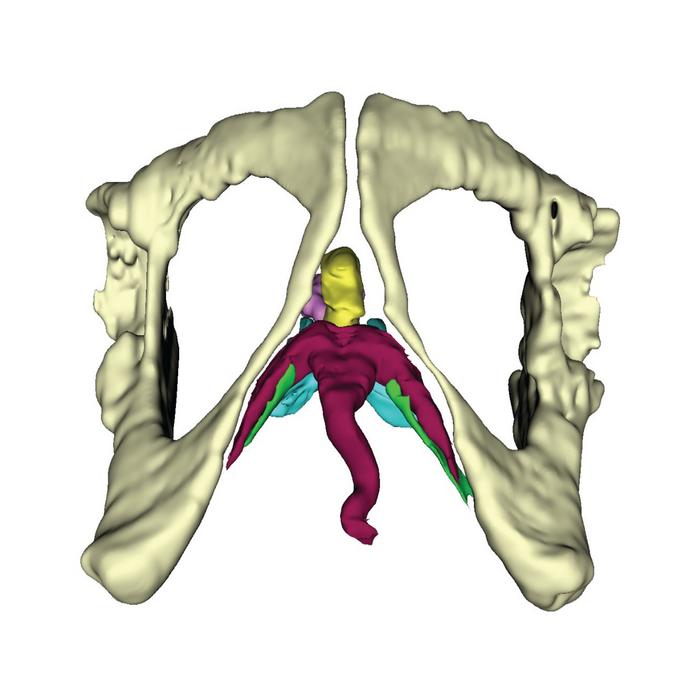Step right up, as we take you on a voyage of discovery into the weird and wonderful world of the primate clitoris. Penises are so last year – it’s about time we turned our attention to the female of the species. That’s an opinion shared by the scientists behind new research that set out to map the magnificent diversity of female primate genitalia for the very first time.
“The subsurface 3D shape of the human clitoris was only fully described in the last 20 years, despite us having equivalent information on male genitalia for much longer,” said Dr Daniel Varajão de Latorre of Manchester Metropolitan University in a statement. “We are now turning our attention to other primates as there is a shocking lack of data on even the most basic anatomy of the primate clitoris.”
Primate penises, it turns out, are massively varied – so much so that a new monkey species was once identified from the distinctiveness of its ball sack. Previous research has suggested that this diversity is linked to different mating practices and social structures. While many suspected that the clitoris may also come in many and varied forms, there was little scientific evidence to back this up.
“We have no idea how extensive these tissues are internally, nor how they are evolving in relation to social system and reproductive strategies,” said Dr Charlotte Brassey, also at Manchester Metropolitan University.
Male reproductive equipment tends to be much more on display than its female equivalent – did you know, for example, that a chimp’s testicles weigh the equivalent of a third of its brain? In humans, over 90 percent of the clitoris is hidden from view, but observations had already hinted that this may not be the case among all our primate relatives.
“For example, in female spider monkeys, the clitoris is long and has been associated with chemical communication with males, and the ring-tailed lemurs’ clitoris has been described as ‘masculinized’ because it is elongated and tunnelled by the urethra,” Dr Varajão de Latorre said.
The team turned to some sophisticated imaging techniques to get a proper glimpse behind the curtains.
“Many of the tissues we are interested in studying are extremely fragile, and it can be difficult to understand their 3D architecture using destructive manual dissection,” Dr Varajão de Latorre explained. “MRI [magnetic resonance imaging] is great for studying the 3D size and shape of soft tissue structures without destroying their original shape, while for smaller species, we also use microCT to achieve higher resolutions, along with iodine staining to improve the contrast in our scans.”
Behold the clitoris of the ring-tailed lemur.
Image credit: Dr Varajão de Latorre
With help from Dr Magdalena Muchlinski at Oregon Health and Science University in the US, the team was able to get access to museum specimens and quickly began to discover that primate clitorises come in all shapes and sizes, and that many of them are very different from our own.
“In some species, whole muscles were entirely absent and, in some cases, we would find a paired ligament when most species only have a single structure – we found so much morphological diversity at every turn!” said Dr Varajão de Latorre.
A model of the chimpanzee clitoris, based on MRI scans.
Image credit: Dr Charlotte Brassey
Thanks to this study, scientists now have a clearer idea than ever before of the multitudinous forms of the “little man in the boat” (no? Us neither). How its morphology might relate to primate mating behaviors remains to be seen, but it’s a great first step.
“Female genitalia have been chronically understudied compared to males, partly due to societal biases and partly due to methodological challenges,” said Dr Brassey. After all, it was only a few months ago that scientists even found the snake clitoris, so there is clearly much to be discovered across the whole animal kingdom.
“Now, using the latest advances in medical imaging, we have the opportunity to address this bias,” Dr Brassey continued. “We are starting from a place of such limited knowledge, with every sample we study, we are discovering more diversity in the primate clitoris.”
And what glorious diversity it is.
The study was presented at the Society For Experimental Biology Centenary Conference 2023.
Source Link: Primate Clitorises Come In More Shapes And Sizes Than We Ever Imagined
